Carbon nanotubes can enhance plant growth without damaging plant cells, say scientists from India
Sabyasachi Sarkar and colleagues from the Indian Institute of Technology in Kanpur treated chickpea plants with up to 6ug/ml of water soluble carbon nanotubes. They found that the nanotubes increased the growth rate in every part of the plant – in the roots, shoots and branches.
Sarkar thought that the channels could be replicated by carbon nanotubes. ‘We followed Thomas Edison’s recipe to make carbonised filament from bamboo or wood wool in his electric bulb to get the carbon nanotubes,‘ he adds. ‘Of course, we had to derivatise them to make them water soluble.’ The team achieved this by attaching carboxylic acid groups to the surface of the tubes.
‘The work seems to support the positive effect of carbon nanotubes,’ says Xiaohong Fang, an expert in the use of carbon nanotubes as molecular transporters in plants at the Chinese Academy of Sciences in China. However, she points out that the biological effects on plants may differ depending on the materials’ chemical and physical properties, plant type and cultivation conditions.
Read the rest of the Chemistry World story by Elinor Richards
View the Nanoscale article in full:
Growth stimulation of gram (Cicer arietinum) plant by water soluble carbon nanotubes
Shweta Tripathi, Sumit Kumar Sonkar and Sabyasachi Sarkar
Nanoscale, 2011, DOI: 10.1039/c0nr00722f
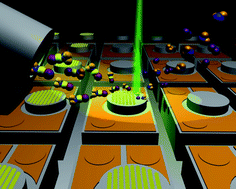












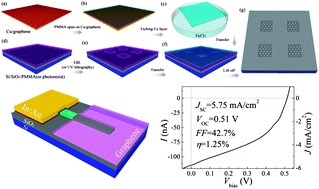 ‘
‘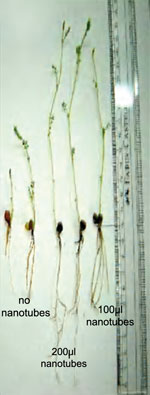
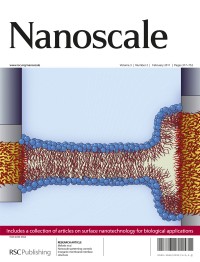

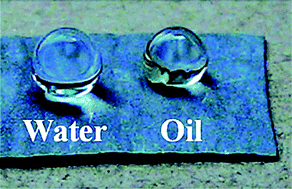
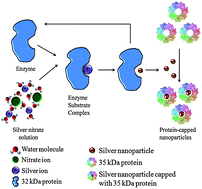 ‘HOT’ article
‘HOT’ article Can street lights be replaced by trees? Taiwanese scientists believe that they can using gold nanoparticles to induce luminescence in leaves.
Can street lights be replaced by trees? Taiwanese scientists believe that they can using gold nanoparticles to induce luminescence in leaves.